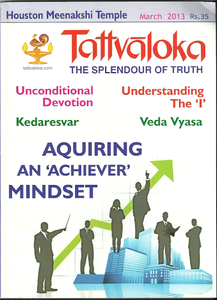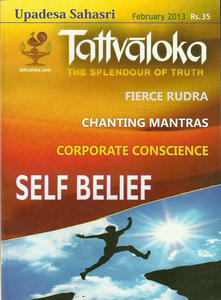
Notes on Shankara’s examination of the nature of ‘Error’ in the introduction to the brahmasUtra.
Analogy of the Rope and the Snake
This example originates from the commentaries of gaudapAda on the mANDUkya upaniShad. Seeing a rope in the dark, it is mistaken for a snake – an error or adhyAsa. We mistakenly superimpose the image of an illusory snake onto the real rope. In just such a way we superimpose the illusion of objects etc. upon the one Atman .
If there is total dark, we would not see the rope so could not imagine it to be a snake. Hence ‘ignorance is bliss’, as in deep sleep – there can be no error. Similarly, if there is total light we see the rope clearly – in complete knowledge, we know everything to be brahman. Knowledge is also bliss! The error occurs only in partial light or when the eyes are defective. Then there is partial knowledge; we know that some ‘thing’ exists. This part, that is not covered by darkness or hidden by ignorance is called the ‘general part’ and is ‘uncovered’ or ‘real’. That the ‘thing’ is actually a rope is hidden because of the inadequate light or knowledge. This specific feature of the thing, that it is a rope, is called the ‘particular part’ and is covered. In place of the covered part, the mind substitutes or ‘projects’ something of its own, namely the snake. Continue reading





